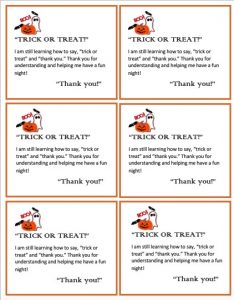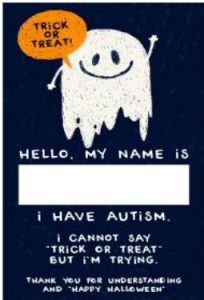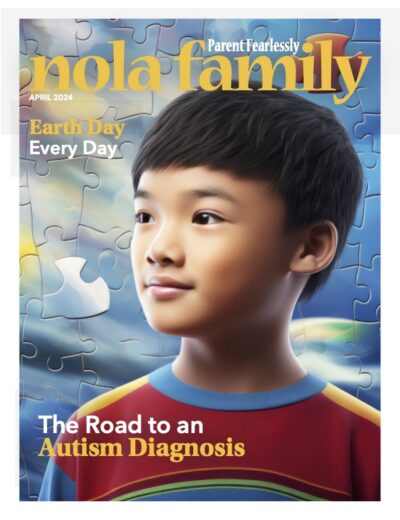
A Safe and Fun Halloween for Kids with Developmental Differences
October 30, 2020
With the ongoing COVID-19 pandemic affecting our state and nation, Halloween can be stressful for any family.
 Traditional spooky season sights, smells and sounds can be even scarier for children with autism and other developmental differences. The expert team at Touchstone Applied Behavior Analysis (ABA) understands the importance of preparing your little ghoul or goblin for what to expect this year.
Traditional spooky season sights, smells and sounds can be even scarier for children with autism and other developmental differences. The expert team at Touchstone Applied Behavior Analysis (ABA) understands the importance of preparing your little ghoul or goblin for what to expect this year.
With Halloween fast approaching, parents should consider what a sensory-stimulating holiday October 31 is.
From the perspective of your child, think about all of the decorations, loud sounds and bright lights that accompany Halloween. All Hallows Eve also involves lots of social interaction, speaking to strangers and a change to your child’s normal routine, which can be difficult for those with autism. In addition, some children simply don’t like to be frightened, which is a big part of the holiday.
Prepare Ahead Of Time
First, sit down and map out the houses in your neighborhood in advance. Limit the number of houses you visit – it’s better to end the night early and on a positive note than to push your child past his or her comfort level. If you can only make it to a few houses this year, work on building up to more next year.
 Next, set aside some time to walk the route in advance of Halloween night. If your child is open to wearing a costume, involve him or her in the process of picking it out. When selecting what to wear, pick something that is comfortable without too many accessories.
Next, set aside some time to walk the route in advance of Halloween night. If your child is open to wearing a costume, involve him or her in the process of picking it out. When selecting what to wear, pick something that is comfortable without too many accessories.
Before Halloween night, encourage your child to try on the costume, so he or she knows what to expect. When it comes to Halloween night, if your child does not like the costume, don’t push it.
On Halloween, keep in mind that your child may be afraid of the dark. If so, plan to go out before the sun sets. If you do go out at night, bring a flashlight, and if your child has a tendency to wander or run off, arm them with glow sticks or light-up sneakers. When packing to walk the route, bring headphones or ear plugs and a comforting toy for your child. Parents with children who have limited communication should consider using a badge or nametag to let neighbors know that their child communicates differently.
Alternatives To Trick-Or-Treating
- Attend a trunk-or-treat at your child’s school or host a Halloween-themed movie night.
- Carve and decorate pumpkins if your child prefers to stay in with your family.
- Try a new fall recipe, like pumpkin bread or cookies.
- Stay home and hand out candy. During the day, you can practice greeting people.
In light of the COVID-19 pandemic, this Halloween will look different than any other and will require revelers to take even more precautions. The CDC recommends that you reduce your risk of exposure by washing or sanitizing your hands before handling treats, wearing a mask and avoiding direct contact with other trick-or-treaters.
To learn more about Touchstone ABA’s services, you can call 985.446.6833, email info@tc-aba.com or visit touchstoneaba.com. You can also follow them on Facebook at Touchstone ABA.
Don’t forget to enter your costumed kiddo into Nola Family’s Halloween Costume Contest. The winner will receive a photo session with Twirl Photography!
Thanks for our presenting sponsor, Children’s Hospital New Orleans and our prize sponsors, Twirl Photography and Uptown Pediatric Dentistry.

